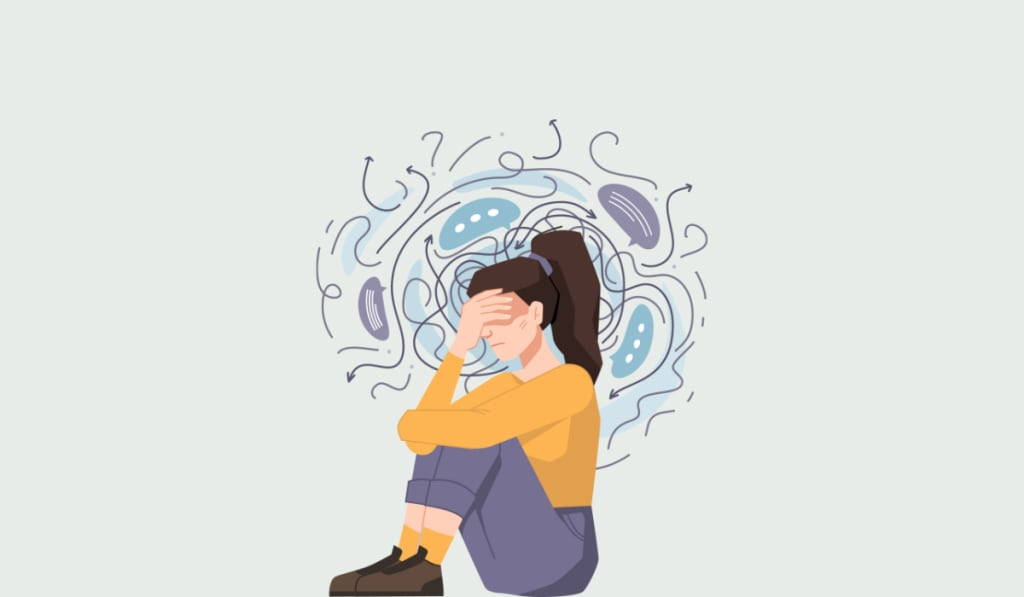Stress, anxiety, and depression are common challenges that affect millions of people worldwide. While stress is a natural response to life’s demands, difficulty in coping can lead to more significant mental health issues such as anxiety and depression. Learning how to recognize, manage, and treat these conditions is vital for maintaining emotional and physical well-being.
What Is Stress?
Stress occurs when life events or circumstances exceed your perceived ability to cope. Common stressors include losing a job, going through a divorce, or experiencing the death of a loved one. However, even positive changes, such as getting married, starting a new job, or welcoming a baby, can trigger stress.
Rather than being inherently good or bad, stress is simply an event or situation perceived as outside your control. How you respond to stress influences your ability to cope with similar events in the future. If unmanaged, chronic stress can lead to anxiety, depression, and other health issues.
The Link Between Stress, Anxiety, and Depression
Stress, anxiety, and depression are interconnected. Struggling to cope with stress often increases the risk of developing anxiety or depression.
Anxiety Disorders
Anxiety disorders affect more than 40 million adults in the United States annually, making them one of the most common mental health conditions. These disorders include:
- Specific Phobias: Intense fear of specific objects or situations, such as animals, heights, or needles.
- Social Anxiety Disorder: Fear of social interactions or being judged by others.
- Generalized Anxiety Disorder: Persistent and excessive worry about various aspects of life.
- Separation Anxiety: Fear of being separated from loved ones or familiar surroundings.
- Panic Disorder: Sudden and intense episodes of fear, often accompanied by physical symptoms like chest pain or shortness of breath.
Depressive Disorders
Depression is another prevalent mental health condition, with various forms including:
- Major Depressive Disorder: Persistent feelings of sadness or a lack of interest in activities lasting at least two weeks.
- Persistent Depressive Disorder (Dysthymia): A chronic state of depression lasting two years or longer.
Close to 10% of the global population experiences symptoms of both anxiety and depression. Despite being highly treatable, only a small percentage of those affected receive appropriate care.
Early and Advanced Warning Signs
Signs of Anxiety
- Early Signs: Rapid heartbeat, shakiness, chest tightness, racing thoughts.
- Advanced Signs: Persistent worry lasting six months or more, fatigue, muscle tension, irritability, difficulty concentrating, and sleep disturbances.
Signs of Depression
- Early Signs: Withdrawing from social activities, recurring sadness, and negative thoughts.
- Advanced Signs: Significant weight changes, disrupted sleep patterns, fatigue, difficulty concentrating, and recurrent thoughts of death or suicide.
Recognizing these signs early allows for timely intervention and better management.
Coping Strategies for Stress, Anxiety, and Depression
1. Practice Mindful Breathing
Breathing techniques like diaphragmatic and square breathing can help calm your nervous system:
- Diaphragmatic Breathing: Breathe deeply into your abdomen, letting your stomach expand.
- Square Breathing: Inhale for five counts, hold for five counts, exhale for five counts, and hold again for five counts.
2. Challenge Negative Thoughts
Shift your mindset by focusing on facts rather than assumptions. When a stressful situation arises, ask yourself:
- What am I feeling?
- What are the facts of this situation?
- How would I like the outcome to look?
By reframing your perspective, you can approach challenges with a clearer, more positive outlook.
3. Stay Physically Active
Regular exercise boosts endorphins, reduces stress, and enhances mood. Aim for at least 150 minutes of moderate-intensity activity per week. Activities like yoga, walking, or swimming can be particularly beneficial for mental health.
4. Build a Support Network
Connect with friends, family, or support groups to share your experiences. Positive social interactions can help reduce feelings of isolation and provide valuable emotional support.
5. Limit Exposure to Negativity
Whether it’s reducing time spent on distressing news or avoiding toxic relationships, minimizing negative influences can help preserve your mental and emotional energy.
When to Seek Professional Help
If stress, anxiety, or depression interfere with your ability to function in daily life, it’s time to consult a healthcare professional. Key indicators include:
- Difficulty completing daily tasks.
- Loss of interest in previously enjoyed activities.
- Struggling to get out of bed or maintain routines.
Treatment options may include:
- Medication: Prescribed by a primary care physician or psychiatrist to alleviate symptoms.
- Therapy: Cognitive-behavioral therapy (CBT) and dialectical-behavioral therapy (DBT) are highly effective.
- Lifestyle Changes: Adopting healthier eating habits, improving sleep patterns, and incorporating regular exercise.
- Crisis Resources: For severe symptoms, seek immediate assistance through crisis hotlines, emergency departments, or specialized programs.
Building Resilience and Addressing Mental Health
Addressing your mental health is a crucial step toward building resilience and living a fulfilling life. By acknowledging and treating stress, anxiety, and depression, you equip yourself to handle future challenges more effectively.
Remember, you are not alone. Resources and support are available to help you navigate these challenges.
If you or someone you know is in crisis, call or text 988 for the Suicide and Crisis Lifeline.








